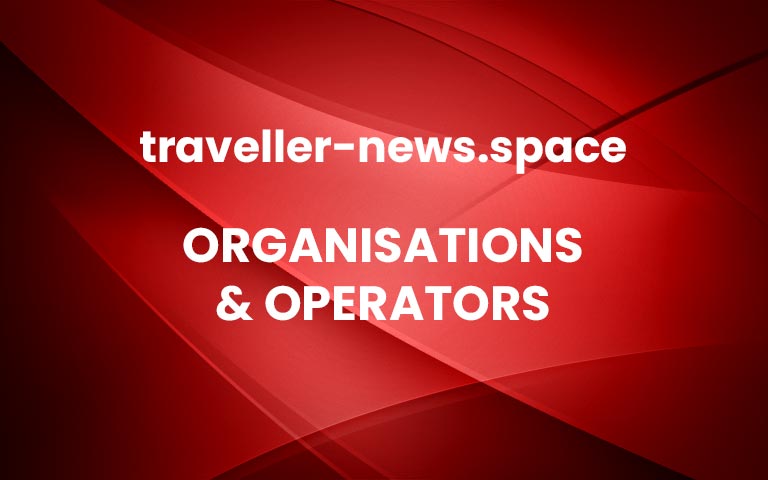ON ITS SEVENTH ANNIVERSARY, TAP MILES&GO IS OFFERING AN ADDITIONAL 50% BONUS MILES
TAP Air Portugal’s loyalty programme is celebrating its 70th anniversary and is offering an extra 50% Bonus Miles on bookings made on flytap.com until 20 October, using the promotional code BDAY2025GBP. It’s our anniversary – but the miles are for TAP Miles&Go members. Find out more here. https://www.flytap.com/en_pt/discount-flights?em_dc=BDAY2025EUR For new members of the TAP Miles&Go […] More


